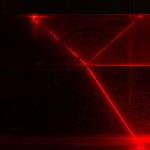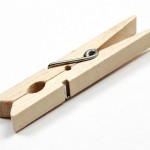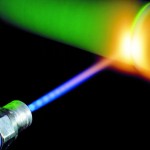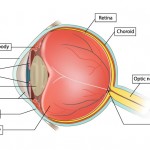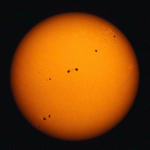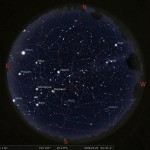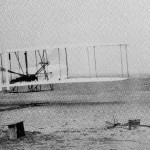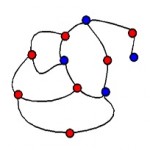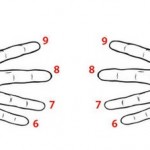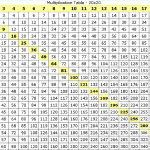If you’re scratching your head during math class, wondering what you’ll ever use this stuff for, here’s a cool experiment that shows you how scientists use math to figure out the optical density of objects, called the “index of refraction”. …Read More
We’re going to make a quick and easy drawing machine that will teach your kids about the conservation of energy! By storing energy in the rubber band (called “elastic potential energy”), you can see for yourself how this transforms into …Read More
Ancient people teach us a thing or two about energy when they laid siege to an enemy town. Although we won’t do this today, we will explore some of the important physics concepts about energy that they have to teach …Read More
What keeps building from toppling over in the wind? Why are some earthquake-proof and others not? We’re going to look at how engineers design buildings and bridges while making our own. Can you build a bridge using only popsicle sticks …Read More
Most of the electricity you use comes from moving magnets around coils of wire. Electrical power plants either spin HUGE coils of wire around very powerful magnets or they spin very powerful magnets around HUGE coils of wire. The electricity …Read More
Burglar alarms not only protect your stuff, they put the intruder into a panic while they attempt to disarm the triggered noisemaker. This experiment teaches students how to make simple burglar alarms, which are really clever switches, out of their …Read More
You can’t just shine a flashlight through a lens and call it a laser, because the way a laser generates light is what makes it a laser in the first place. The word LASER is an acronym for Light Amplification …Read More
Light is energy, and it can be defined by four things: intensity (how bright), frequency (or wavelength), polarization (the direction of the electric field), and phase (time shift). We’re going to look at different ways to produce light as well …Read More
We are going to make an eyeball model using a balloon. This experiment should give you a better idea of how your eyes work. The way your brain actually sees things is still a mystery, but using the balloon we …Read More
The Sun rotates, but because it’s not a solid body but a big ball of gas, different parts of the Sun rotate at different speeds. The equator rotates once every 27 days, which is faster than the rotation at the …Read More
Telescopes and binoculars are pretty useless unless you know where to point them. I am going to show you some standard constellations and how to find them in the night sky, so you’ll never be lost again in the ocean …Read More
Rockets are vehicles that launch people and payloads into space. Newton’s Third Law of Motion is the principle of action and reaction. With rockets, the action is the force generated by the exhaust gases shooting out the back end of …Read More
Ever since I was a kid, I have always wanted to fly. In fact, at four years old you could find me on top of a ladder armed with a box fan (plugged in and turned on) and an umbrella, …Read More
